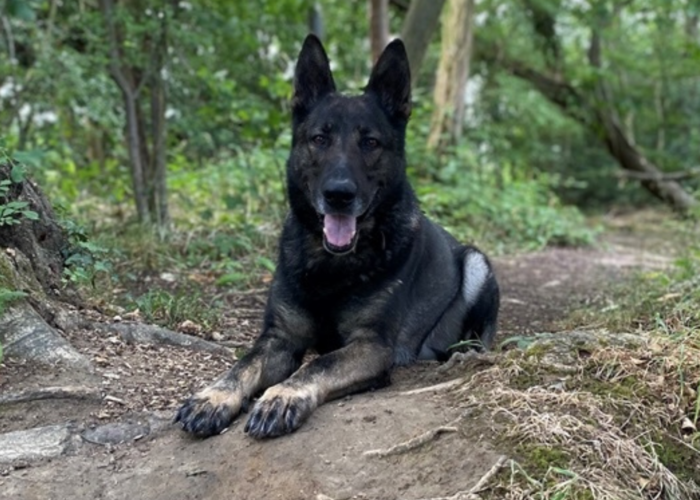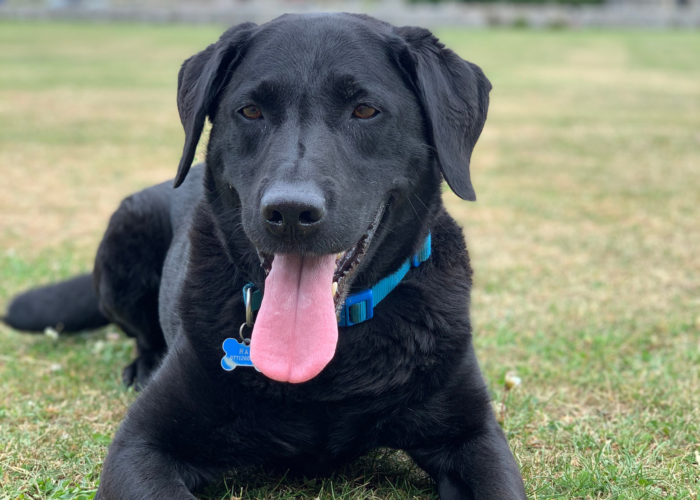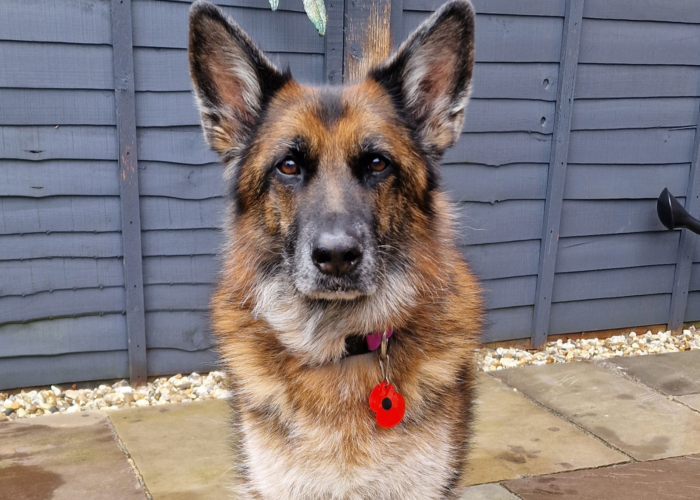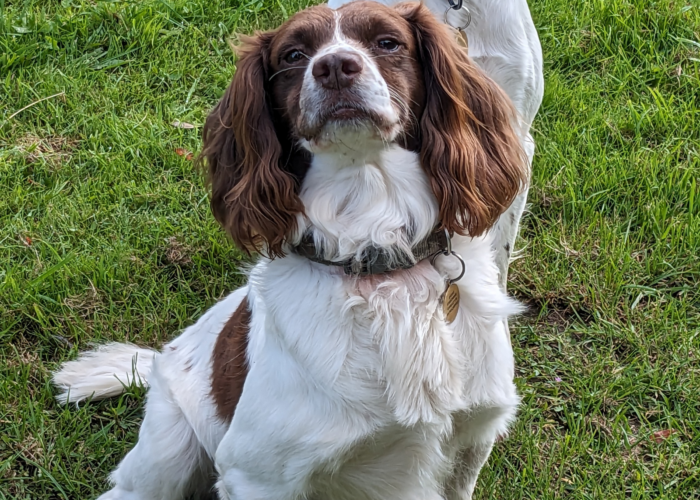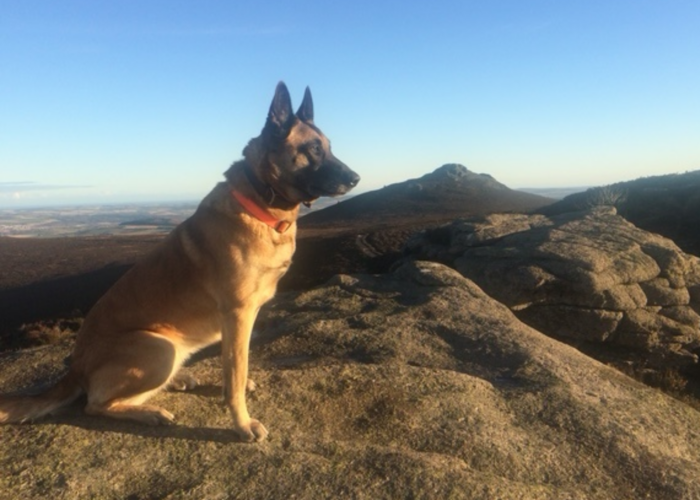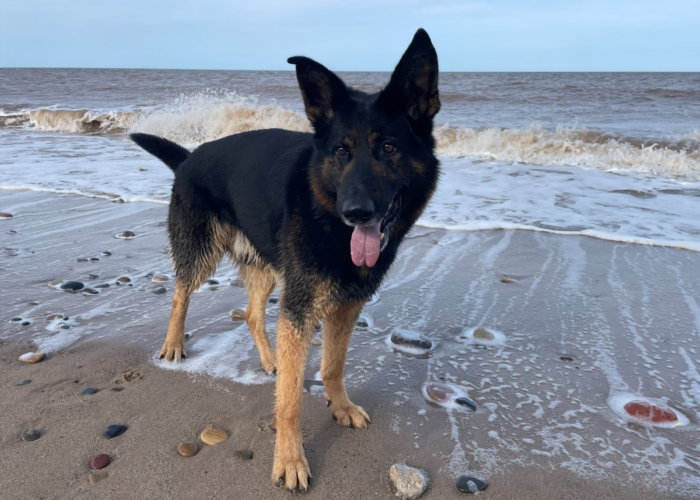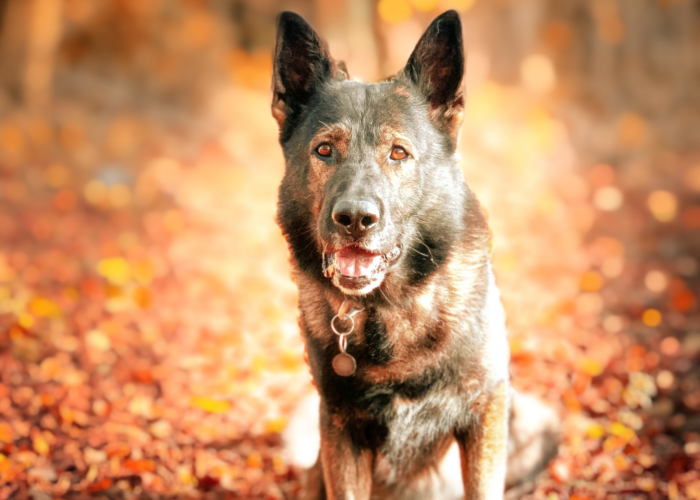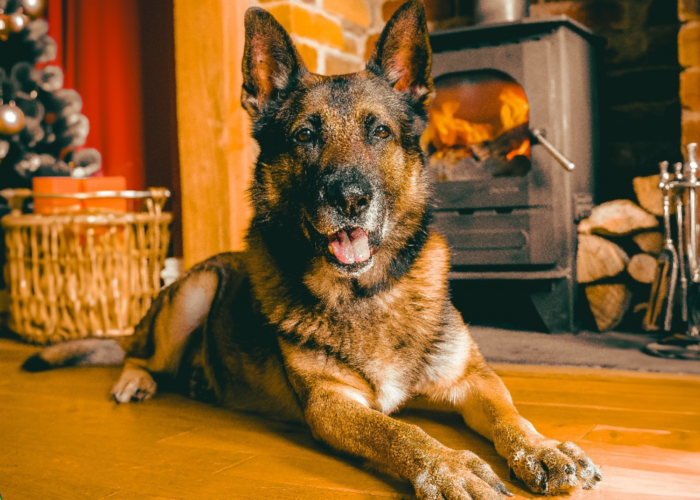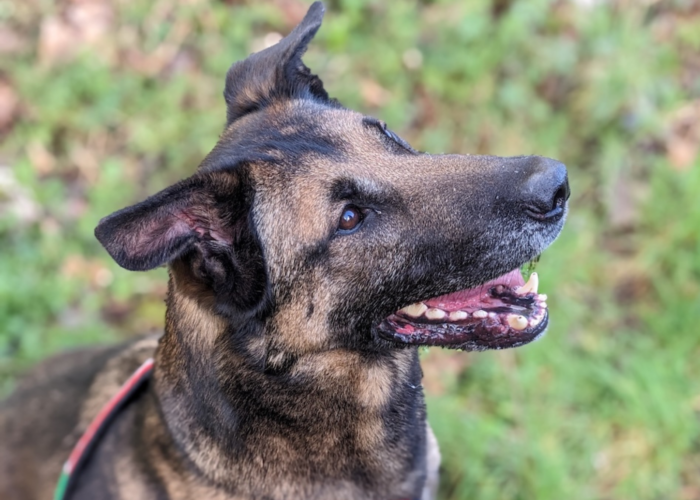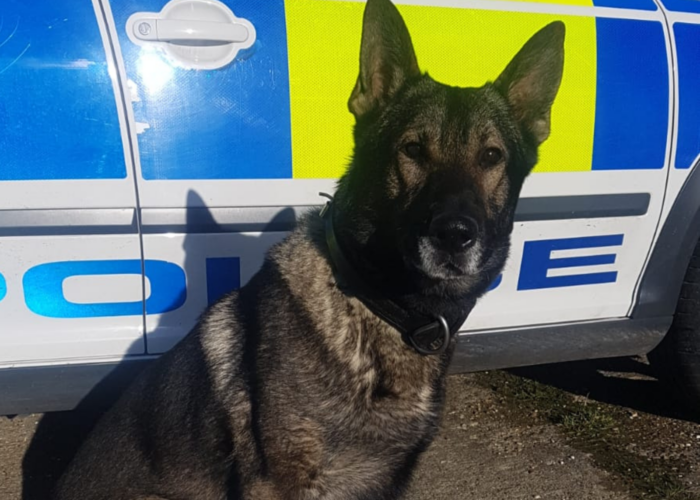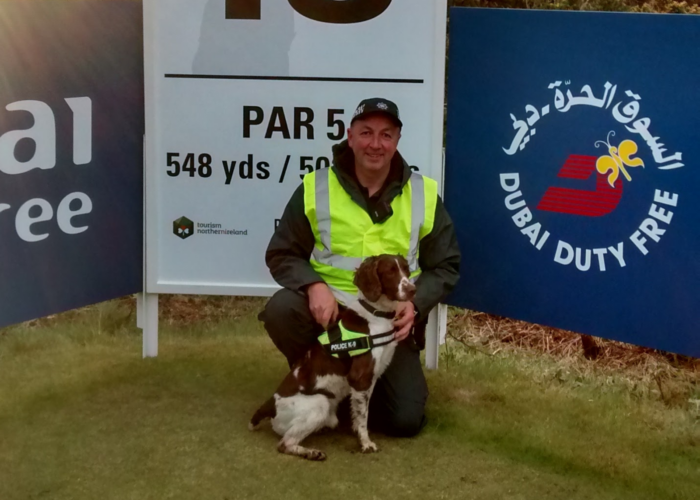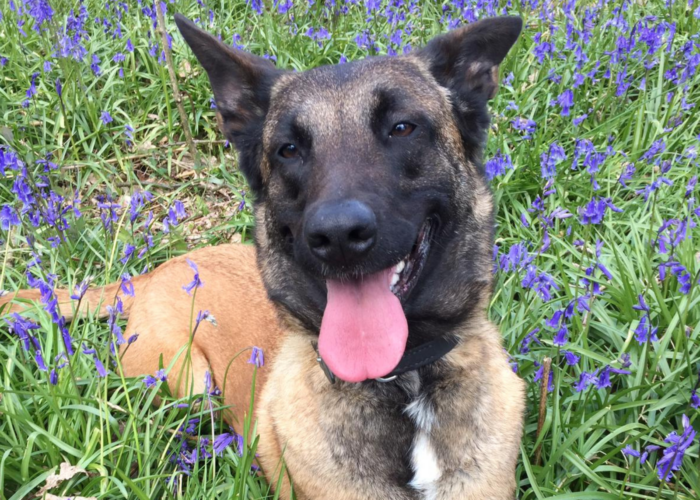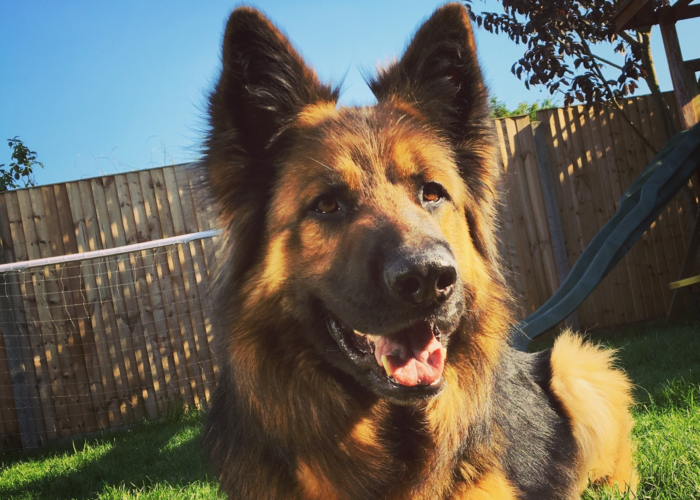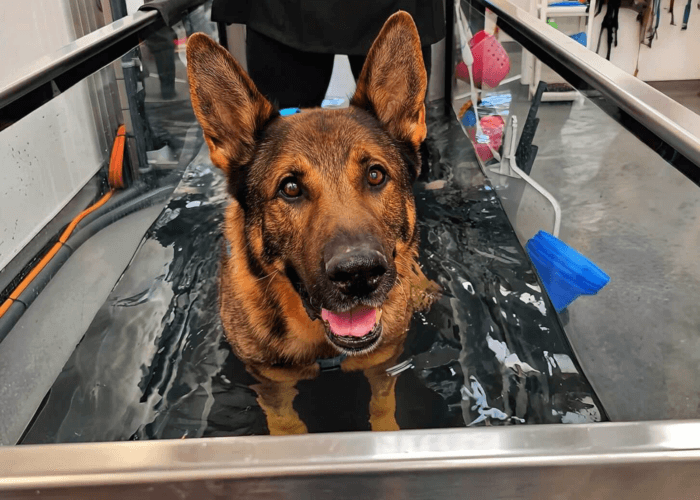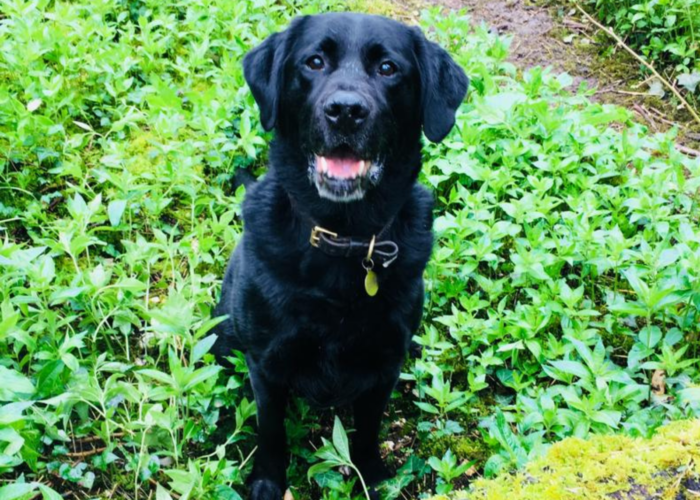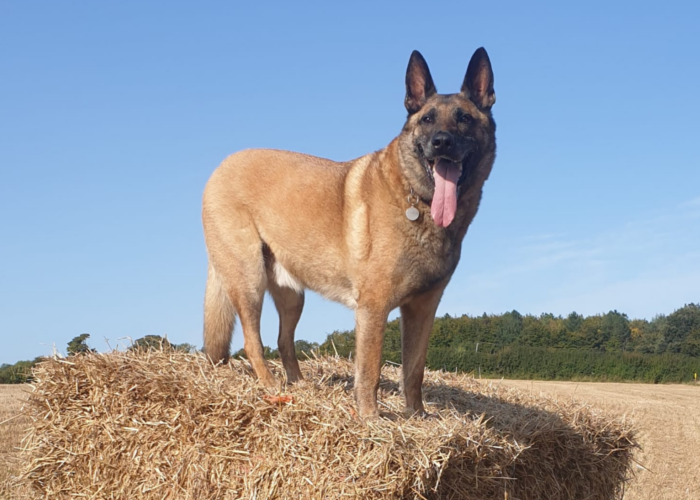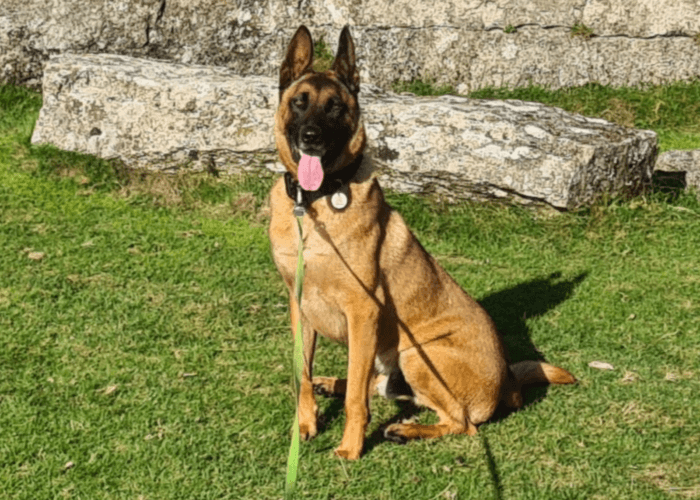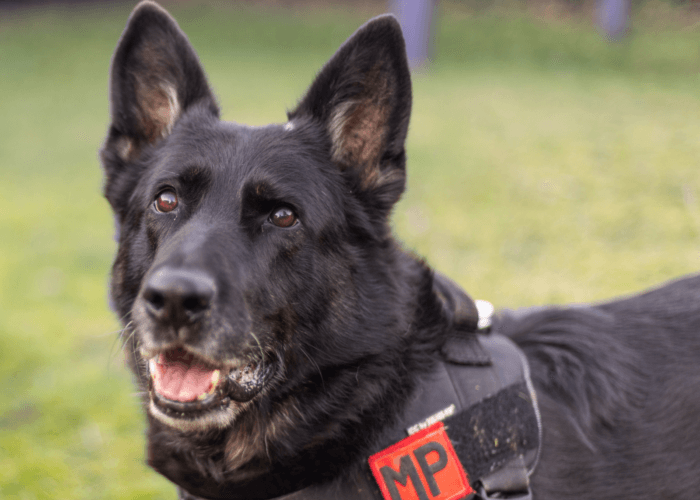Your cart is currently empty!
HISTORY OF POLICE DOGS
ROLE OF POLICE DOGS
Since 1908, police dogs have been on the frontline across the United Kingdom, protecting communities by catching criminals, locating missing people and detecting cash, drugs and firearms. They provide a vital service much more efficiently and effectively than police officers or technology ever could.
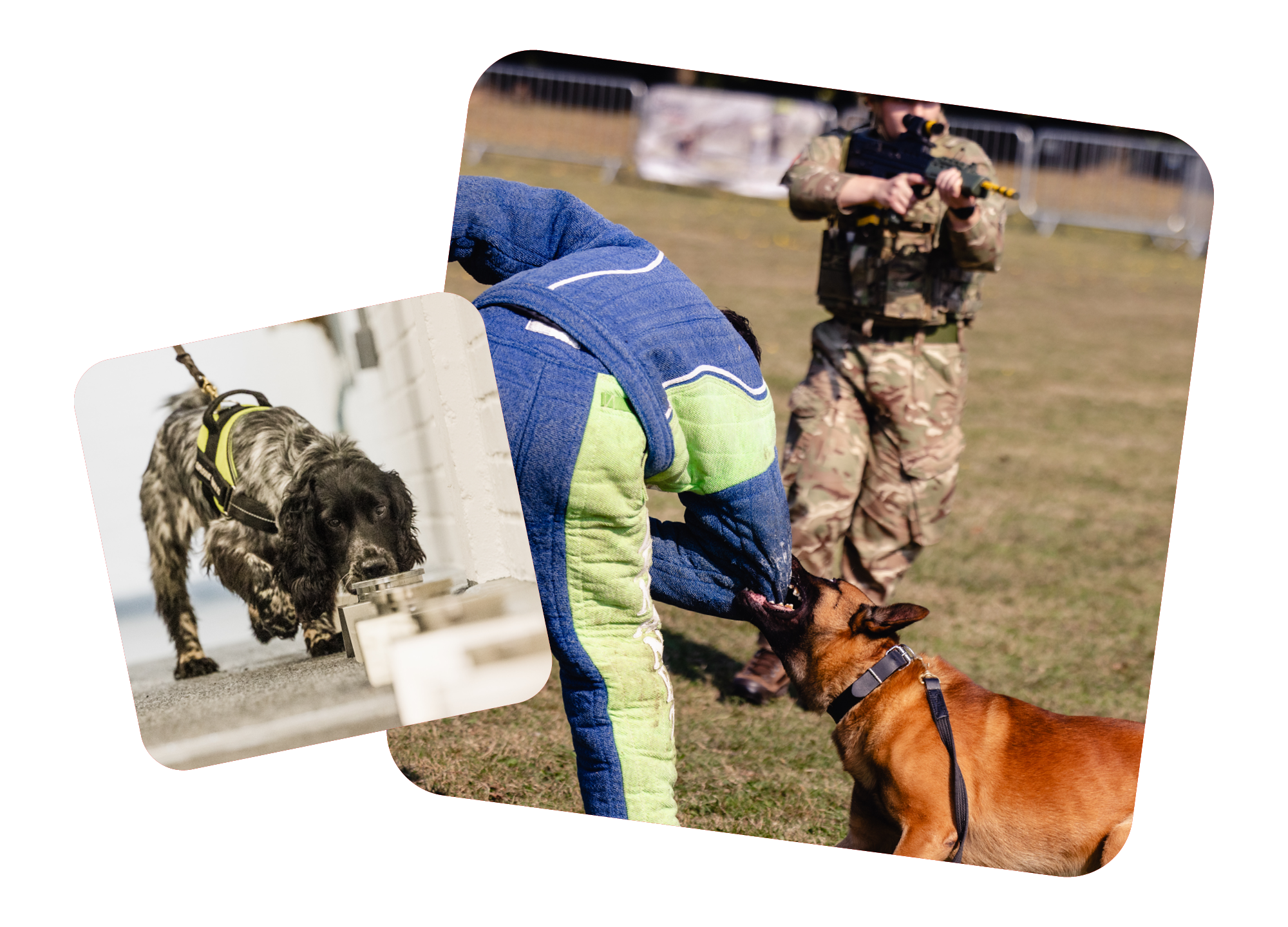
THE HISTORY AND ROLE OF POLICE DOGS ACROSS THE UNITED KINGDOM
Police officers have had police dogs by their side since the 15th century, when parish constables took their pet dogs on night patrols with them.
The first official police dogs came in 1888 when the Metropolitan Police tested out two bloodhounds in a bid to catch Jack the Ripper. The experiment failed but, in 1907, having heard about the success of police dogs in Belgium, Superintendent J Dobie of the North Eastern Railway Police launched a similar scheme using Airedale terriers.
The following year, four dogs – Jim, Vic, Mick and Ben – started patrolling the docks; they were trained to protect officers and attack anyone not wearing uniform.
After the war, when the section was reviewed, trainers started using German Shepherds instead; the favoured dog of the German Army. And when the railway and dock police forces merged to form the British Transport Commission Police, they extended the team to 24 dogs.
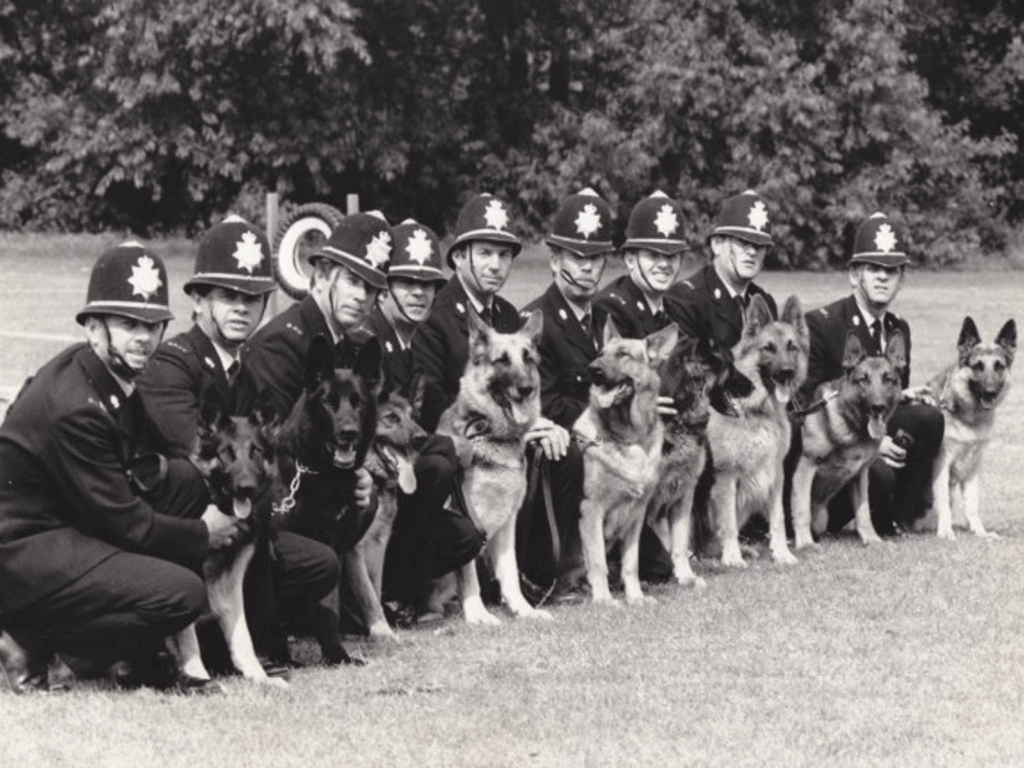
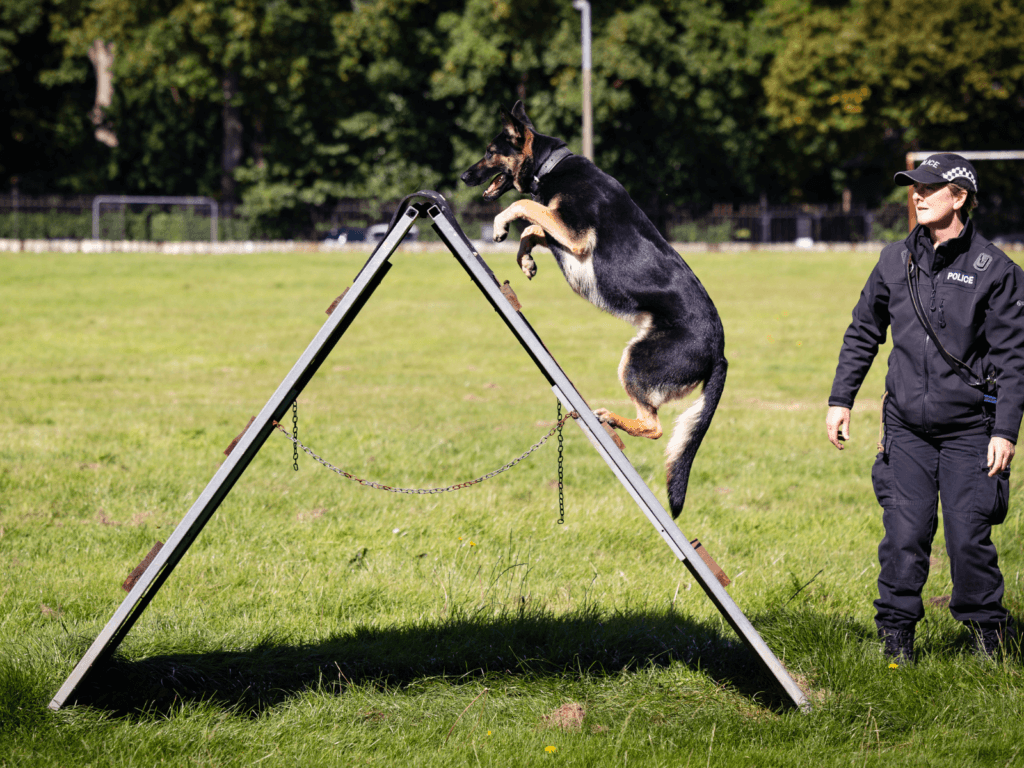
GENERAL PURPOSE DOGs
General Purpose Police Dogs are trained to patrol, protect officers and help keep the peace during public order disturbances, and are also used for tracking and searching as well as detaining suspects.
They tend to be large, strong and powerful breeds who are agile, intelligent and fiercely loyal, such as German Shepherds, Belgian Malinois and Dutch Herders.
They are used to bark and bite, as well as using their nose to help following the scent of fleeing suspects, find property, or even locate missing people.
They are used to bark and bite, as well as using their nose to help following the scent of fleeing suspects, find property, or even locate missing people.
CASH, DRUGS, & FIREARMS DETECTION DOGs
In Southampton, in 1973, an officer trained his general purpose police dog to detect cannabis and his superintendent was so impressed that he brought in a dog specifically for this job; the creation of the sniffer dog.
Today, sniffer dogs – or detection dogs – can be trained to use their noses to detect all sorts of scents.
All forces use cash, drugs and firearms detection dogs to help them with active and passive searches of people, properties and vehicles.
Detection dogs have also been specially trained to sniff out all sorts of other scents and a wide range of sniffer dogs are now used across the UK.
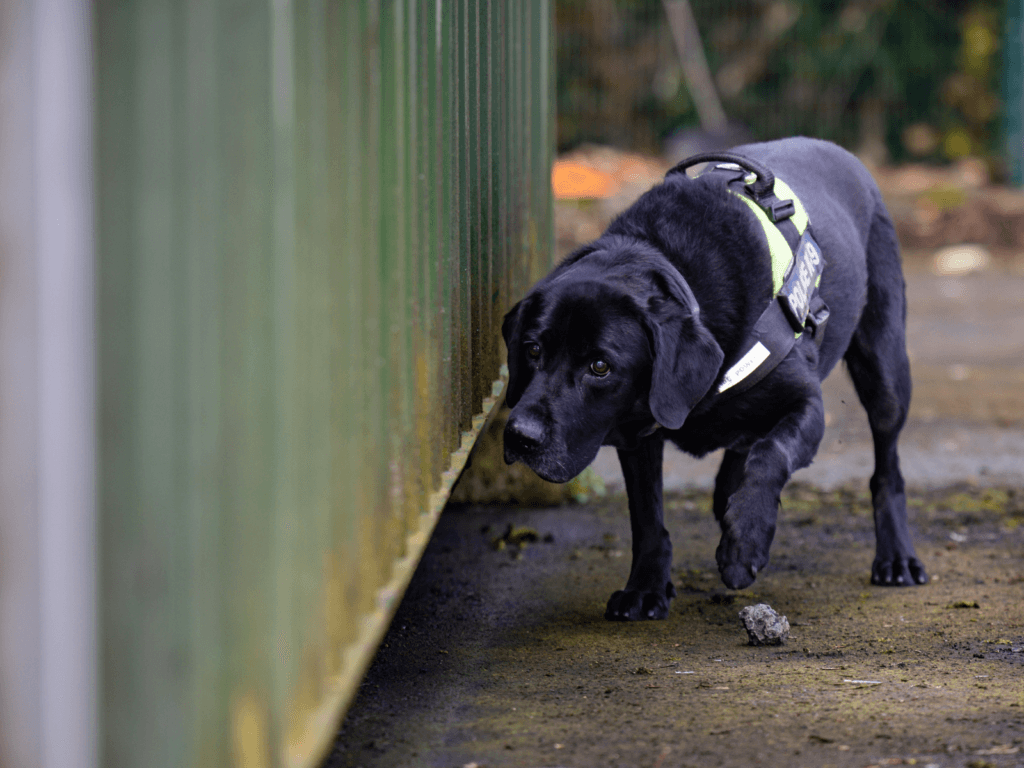
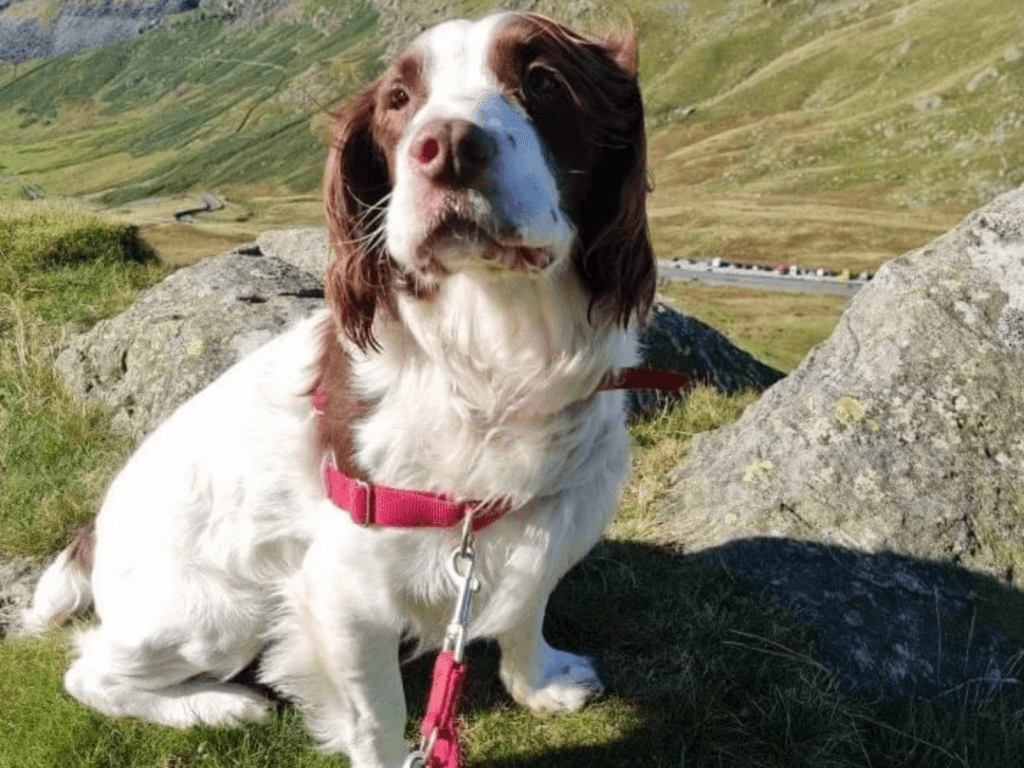
victim recoverY dogs
Victim recovery dogs are sometimes referred to as cadaver dogs or human remains dogs. They are trained to search for human remains, including blood or tissue, but can also be integral in helping to locate high-risk missing people.
These dogs can also be used to detect shallow graves or evidence that has blood on it, such as weapons or clothes.
We support 11-year-old springer spaniel Charlie in his retirement and recently funded surgery to repair his broken elbow. He served as a cadaver dog with Leicestershire Police for seven years.
DIGITAL DETECTION DOGs
Digital detection dogs are trained to sniff out digital devices, such as a smartphone, laptop, tablet, hard drive or SIM card, and can assist if one of these items is thought to be hidden.
The dogs will assist officers investigating a crime where a digital device, such as a smartphone, tablet and laptop, may have been used and is believed to have been hidden.
They have specialist training so they can assist in criminal investigations into sex offenders, terrorists and other criminals using digital technology.
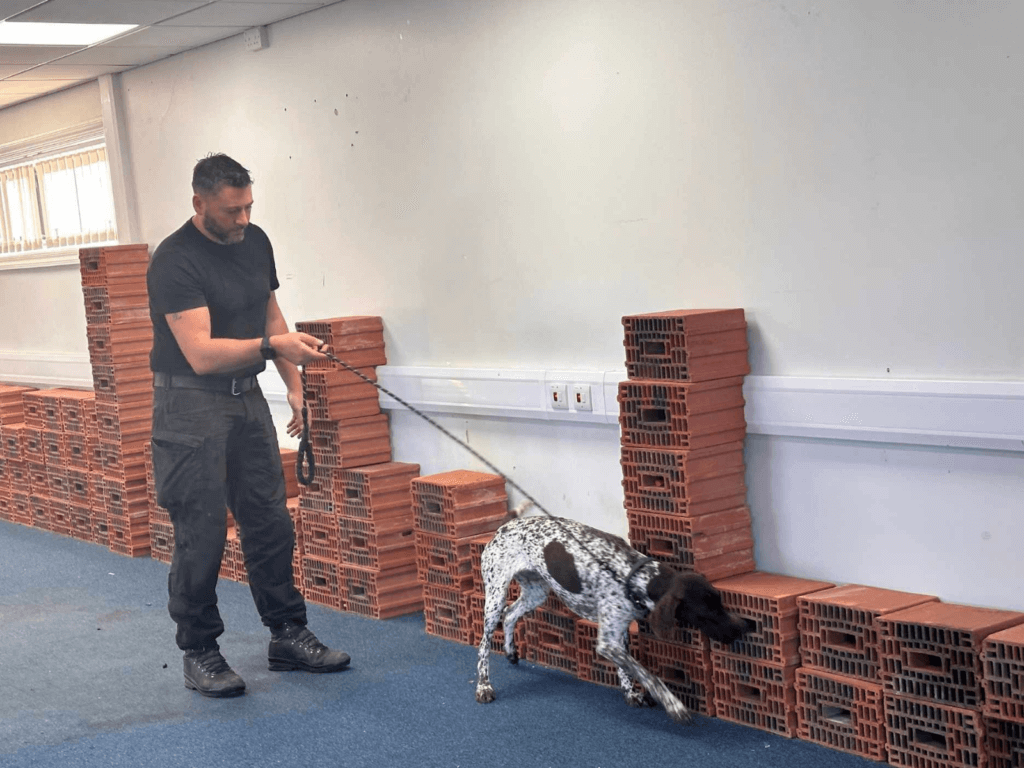
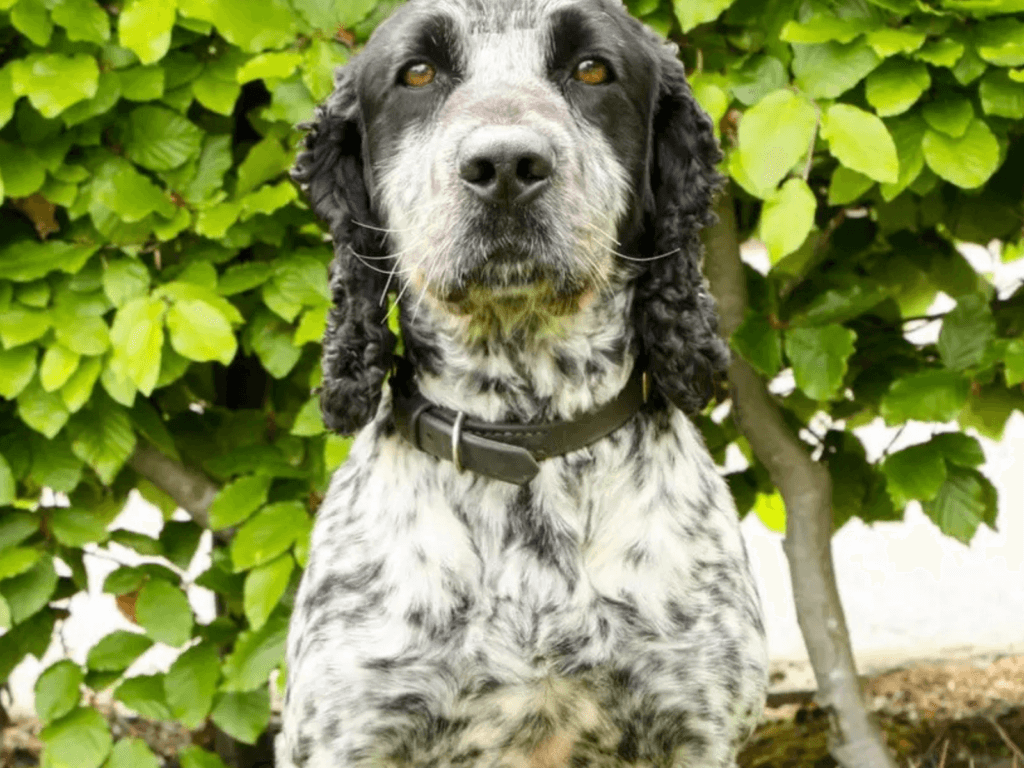
SEXUAL CRIME DETECTION DOGs
Another recent addition to the detection dogs team is the sexual crime scene detection dog – or seminal fluid dog. They are trained to find the DNA needed in investigations in rape or sexual offences.
As with the other types of detection dogs, breeds who are used for this role tend to be Labradors and spaniels, who are incredibly focused and intelligent, and have a keen sense of smell.
PD Billie, joined Derbyshire Constabulary in 2014 and became the first seminal fluid only detection dog in the UK, possibly in the world. He was trained to detect as little as 0.016ml of seminal fluid more than a year after it had been deposited, if indoors. Read about PD Billie on BBC News.
ROYAL AIR FORCE AND MINISTRY OF DEFENCE DOGS
The Royal Air Force Police and Ministry of Defence uses a range of breeds for different roles, which differ slightly from home office police forces.
Arms explosive search dogs are used to search locations, property and vehicles for weapons, explosives and ammunition. They tend to be Labradors and spaniels.
High assurance search dogs are used to search for Improvised Explosive Devices (IEDs) in high-risk operations and are usually Belgian Malinois.
Patrol dogs tend to be German Shepherds or Malinois and are used for patrolling sites, controlling crowds and escorting detainees.
Vehicle search dogs are used to search vehicles at barracks entry points and check points and tend to be spaniels.
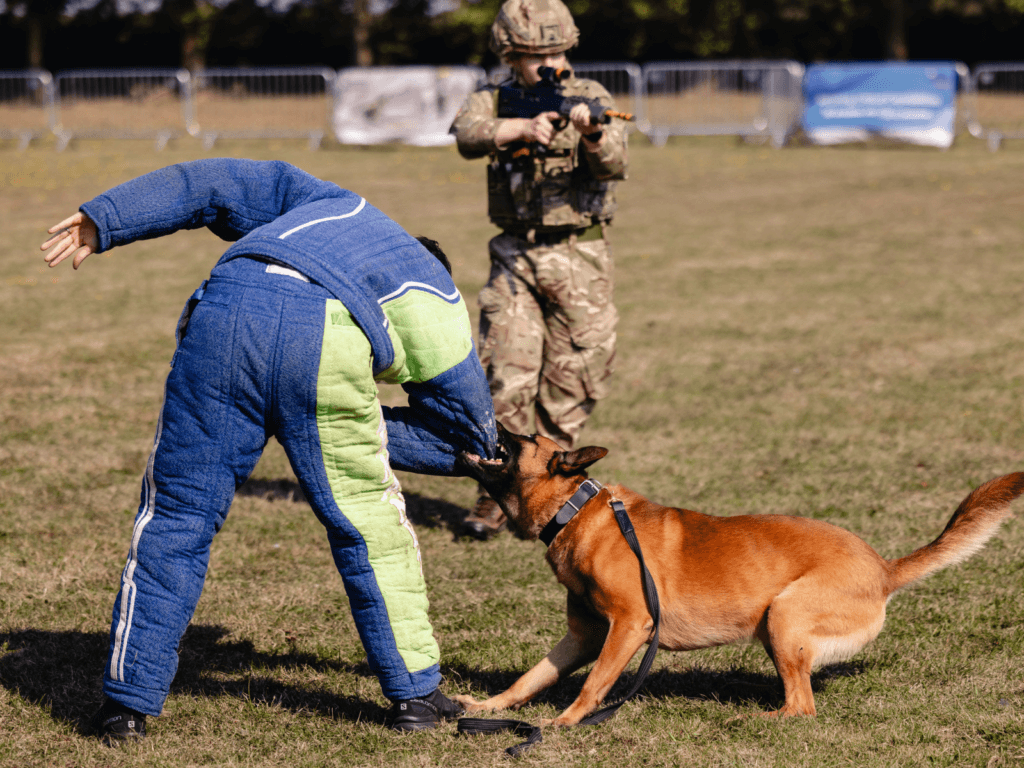
MEET OUR RETIRED POLICE DOGS
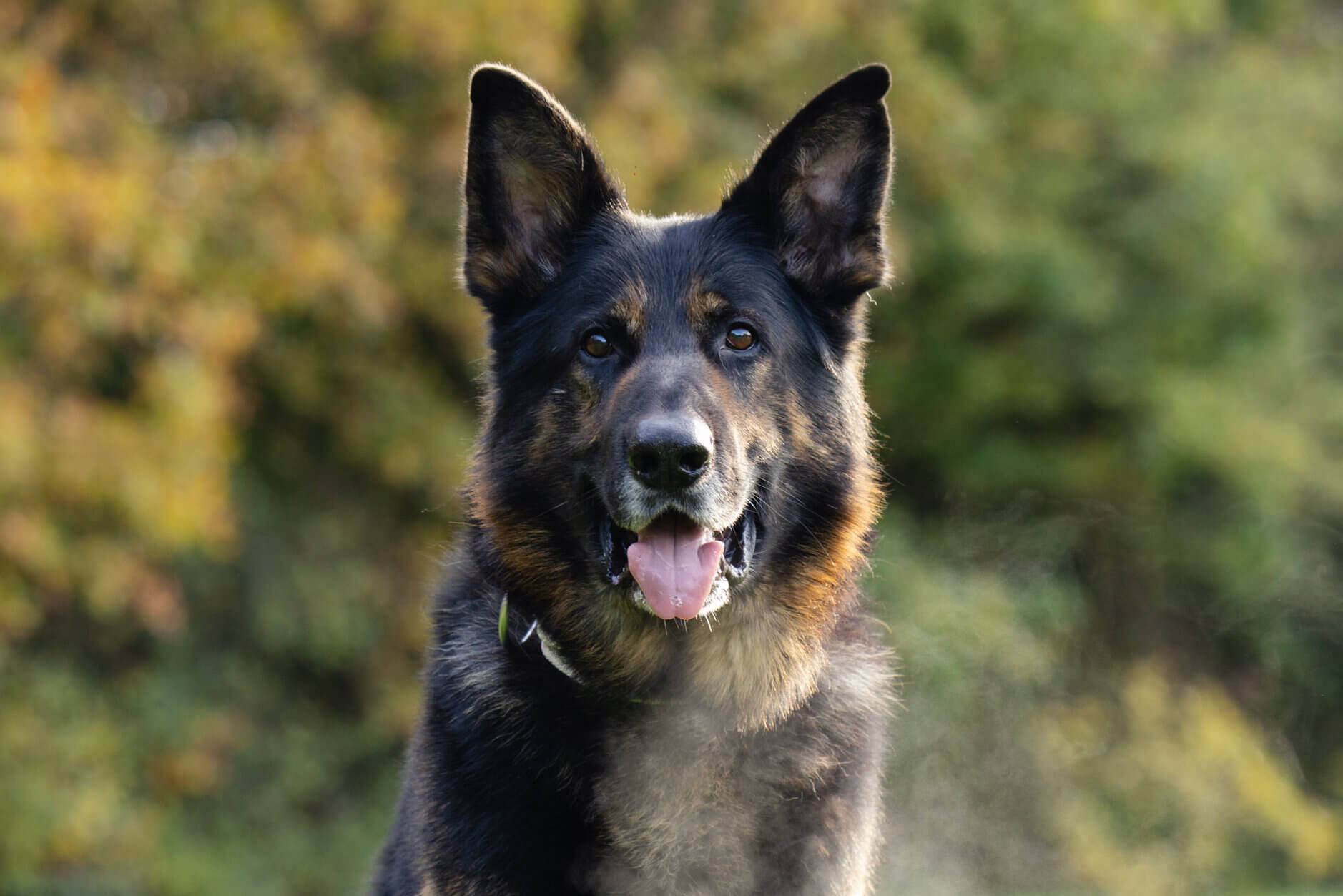
Sponsor a retired police dog
Help us with the costs to rehabilitate heroic retired police dogs once they leave the line of duty by sponsoring a dog to support their ongoing care and treatment.
Your sponsorship pack will include:
- Sponsorship certificate
- Photo of your sponsor dog
- A cuddly German Shepherd teddy
- Quarterly email updates on your sponsor dog
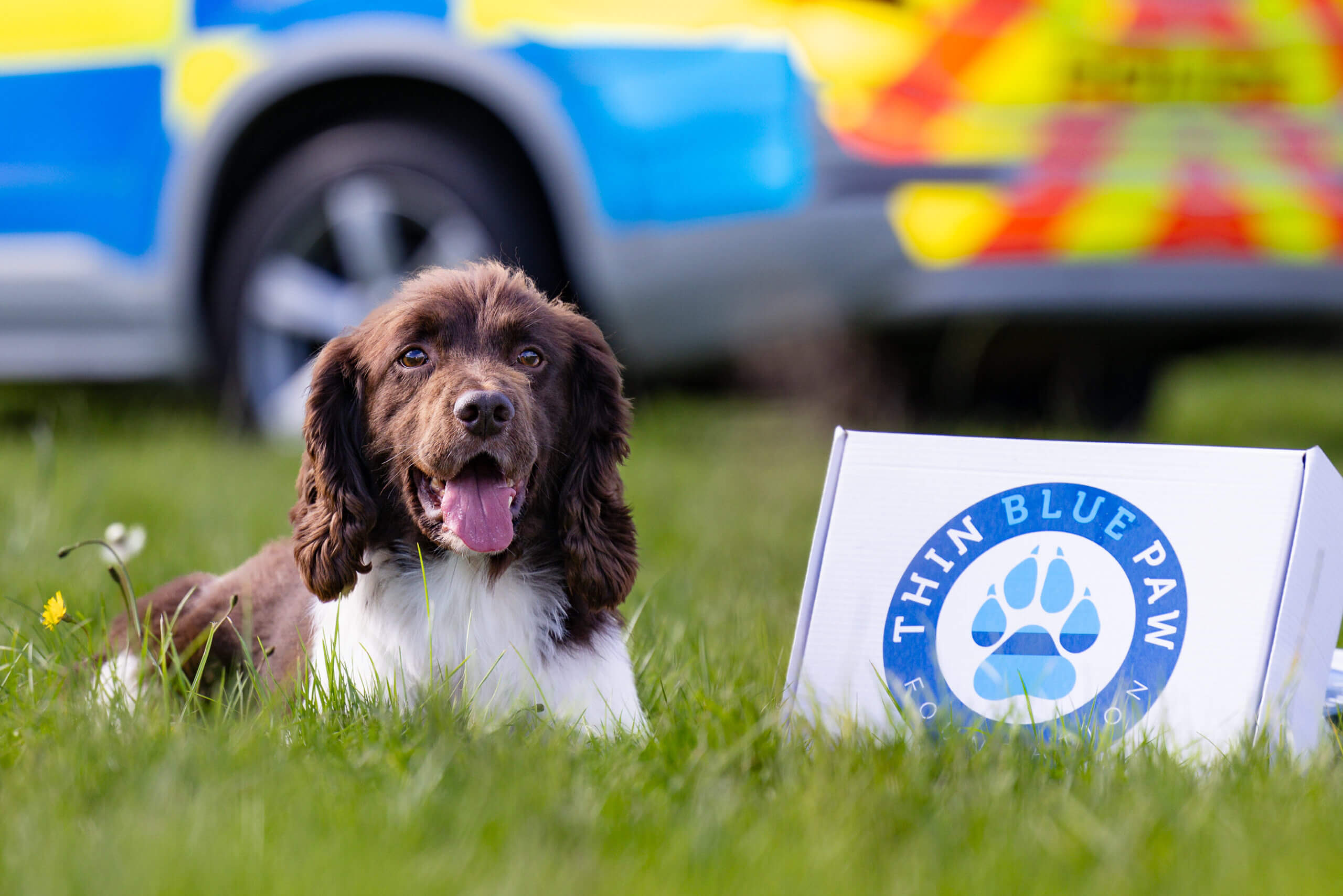
STAY UP TO DATE
Sign up to receive our Thin Blue Paw newsletter straight to your inbox with all the latest news including inspiring stories of the dogs we’ve supported and lots more. By completing this form, you are confirming that you are 18 years of age or over.

